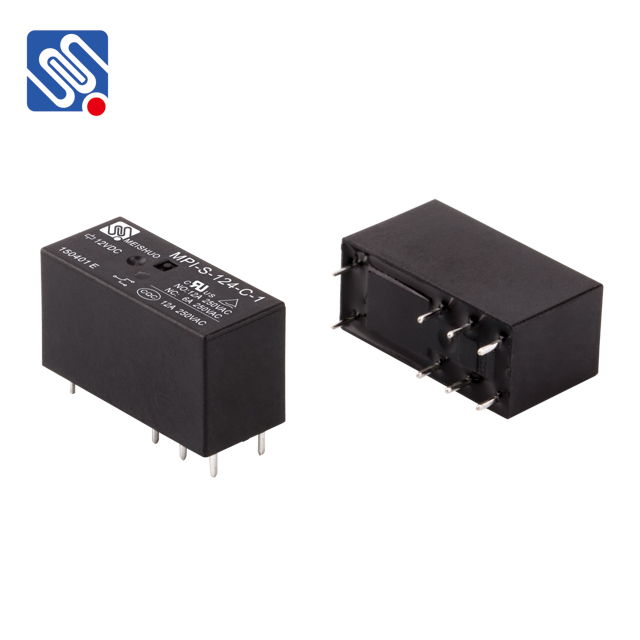relay application notes: a comprehensive guide to relay selection and application
Release time:2025-10-21 13:58:55
Relays are essential components in modern electronic and electrical systems, allowing users to control high-power circuits with low-power signals. Relay application notes are technical documents that provide detailed information on the proper selection, usage, and considerations for relays in various applications. These notes aim to help engineers, designers, and technical professionals better understand how to implement relays effectively in their systems. This article explores the key aspects of relay application notes, their importance, and how they guide the design and implementation of relay-based systems.

Understanding Relays
A relay is an electrically operated switch that enables control over an electrical circuit using a low-power input. It typically consists of an electromagnet, an armature, and contacts that open or close in response to the energizing of the electromagnet. Relays come in various forms, including electromagnetic relays, solid-state relays, reed relays, and time-delay relays. Each type has distinct characteristics, such as switching speed, contact configuration, and durability, making them suitable for specific applications.
Importance of Relay Application Notes
Relay application notes play a crucial role in assisting engineers in making informed decisions during the design phase. These notes provide guidance on selecting the appropriate relay for the desired function based on factors such as voltage, current, switching frequency, and environmental conditions. Some common topics covered in relay application notes include:

